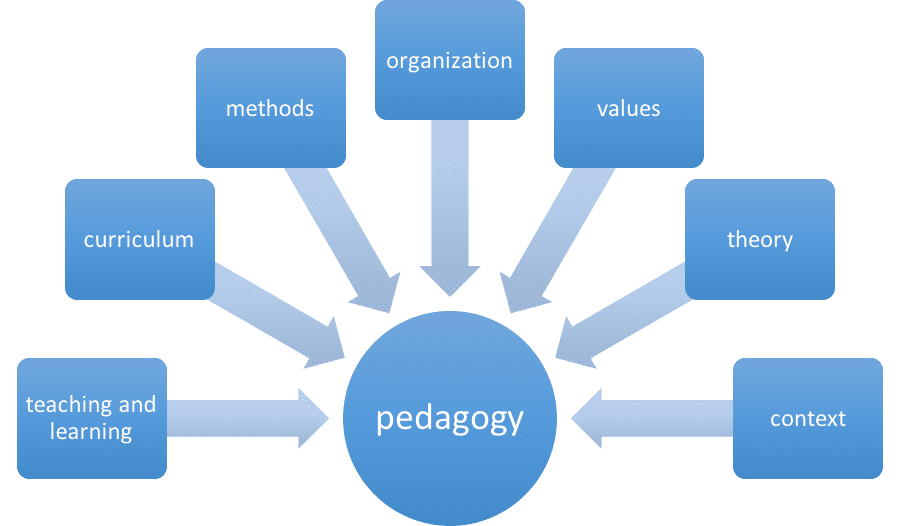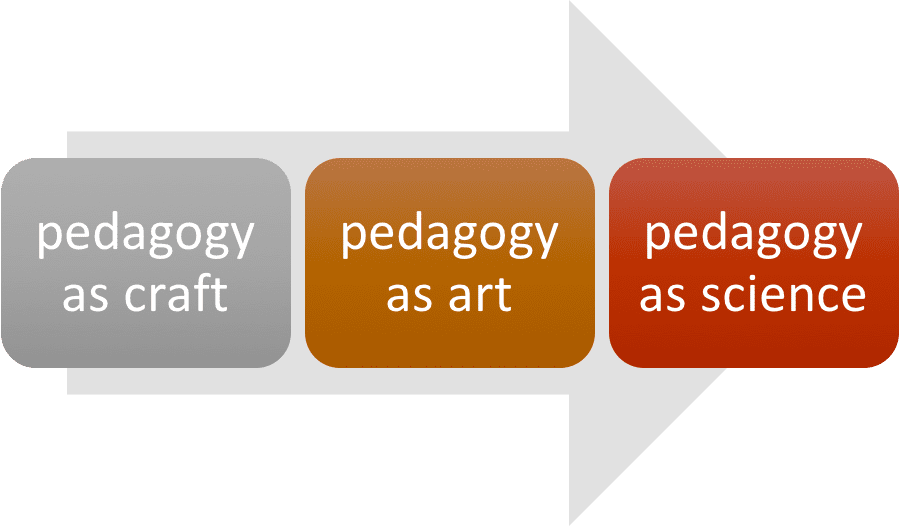Last week I was teaching on the International Masters Programme in Stuttgart – a really interesting group of young people from 21 different countries – a course on the Waldorf curriculum. While preparing this I looked up the Foreword that I wrote last year to the new Chinese edition of the Educational Tasks and Content of the Steiner Waldorf Curriculum (frequently referred to as the Ed Task or simply the ‘yellow book’). It offers some provocative thoughts about the nature of curriculum and some basic questions to think about when developing a curriculum. On the assumption that not everyone will be able to read the version in Mandarin, I have attached the complete text as a pdf (see button below) and summarized some basic aspects as an appetizer.
Many people think that there is such a thing as The Waldorf Curriculum, that is, one definitive description of what has to be done in each subject and class. There are of course many versions of the curriculum used in Waldorf schools. The ‘yellow book’ is only one of them, though it does have the advantage that at the time (1998-2000) it was compiled by quite a large number of experienced teachers representing a number of different traditions.
The origin of the first “Lehrplan” – curriculum
The original term for curriculum in German was Lehrplan, literally a plan of what is or should be taught. When Steiner founded the first Waldorf School in Stuttgart in 1919, he gained permission from the Education Ministry on the understanding that the Waldorf School should have its own curriculum or teaching plan, could choose its own teachers, but would match the outcomes of the state curriculum in grades 3, 6 and 8, which was the end of compulsory schooling at the time. There is no evidence that this was ever formally tested, though the Ministry sent observers to the introductory course for the teachers in the new school and I have always wondered what they experienced sitting through the 14 lectures of the Foundations of Human Experience, what used to be called, in times of political incorrectness, The Study of Man. What became of them? Were they transformed by the experience? Did they go back to the Ministry, cast off their suits and ties crying, “What use are clothes to a swimmer? What use are jewels in the dark?” – one of life’s great mysteries.
Initial teacher education
It is interesting to see how Steiner organized that initial teacher education course for the teachers of the first Waldorf school. He did not present a curriculum, but first developed a grandiose vision of the nature of the developing human being based on his years of esoteric studies and research – some of it, such as his theory of the senses, had only recently been developed (e.g. see the 5th Appendix in his book Riddles of the Soul published in 1917 in which he presents the functions of 10 senses). In this course of lectures, he outlines the implications of the spiritual dimension of the human being for pedagogy. Here are some of the most important ideas informing Waldorf pedagogy.
A new way of thinking and understanding education
Learning and development are linked to processes of incarnation in which the soul-spiritual part of the human being enters into a functional relationship with the living body as a basic rhythm of life, an oscillation between states of consciousness – sleeping, dreaming and waking. In the Foundations of Human Experience Steiner talks about the polar forces of sympathy and antipathy, blood processes and nerve processes. He characterizes the different characters of thinking, feeling and willing and how these relate to the whole human being, including the body. He describes how experience arises in the mind (or to use the anthroposophical term ‘soul-spirit’) and the role of forgetting and recalling in how knowledge is generated. He introduces the three stages of understanding, concluding, forming a judgement and constructing a concept.
The term conclusion is always puzzling because it is not the end of the process. However, the conclusion is the fully conscious realization of what we have perceived, based on our previous experience. This was an important aspect of pedagogy for Steiner because the pupil should come to a conclusion through her own inner effort rather than being told in advance that this is what she is going to see, which is common in other forms of education. This changes the person’s relationship to the world from being a consumer to being an active co-creator. The Foundations of Human Experience lectures are the bigger picture that informs Steiner’s pedagogy.
Three strands of teacher training: theory, practice and discussion
Parallel to this introduction Steiner introduced methodology and didactics to the new teachers in a series of talks in which he spoke about various teaching methods and contents. If the first step in the Foundations of Human Experience was the why, this is the how and the what. The third strand can be found in Discussions with Teachers, which covers a wide range of practical issues and answers some of the questions the participants had. This structure is a good basis for curriculum, comprising theory, practice and discussion. Curriculum is, at it were, embedded in this account of human learning and development. Pedagogy is about teaching and learning but it also is about the reasons that we do things the way we do them and the values that inform this.
The Foundations of Human Experience, which by the way is an excellent title for what in German is called the Allgemeine Menschenkunde, meaning literally general knowledge of the human being, is not an easy read. It is very challenging and many people have tried to explain it in books that are often even more difficult (in German) to understand. I like the American translation from 1996 by Anthroposophic Press, which has detailed footnotes and an index (!). Rather than writing more volumes trying to explain it, I think it would be helpful to edit Steiner’s text down to its core ideas, by leaving out most of the anecdotes and repetitions. From my point of view this would be useful as a study edition. I know some people will think this suggestion absurd because every word of Steiner’s is essential, but actually lectures are not meant to be studied verbatim.
Understanding what was meant – a hermeneutic approach
They were formulated out of the moment in a particular situation with a particular group of people.
I have always found it useful to approach Steiner using what academically is known as a hermeneutic method (Hermes was the messenger of the gods and not only did he have to transmit messages, he had to interpret them when he got there – a bit like the DHL lady delivering your latest book from Amazon and then explaining it to you). The hermeneutic method can involve the following stages:

One of my teacher education students missed a course and did a compensation, which I think is an excellent example of the first stage. She (hand) wrote one sentence for each paragraph of the little book The Education of the Child in the Light of Anthroposophy, which fitted on two A4 sheets. This is an excellent preparation for discussion about what Steiner meant. It means one has put the key thoughts into one’s own word (following discussion, it may be that we want to modify our summaries in the light, not only of anthroposophy, but our own insight- which is anthroposophy in a way!
Talking about pedagogy as a path towards a curriculum
Instead of talking about curriculum, I think it makes more sense to talk about pedagogy. What is pedagogy? Pedagogy refers to teaching and learning, how we organize education, what we teach and how we teach it, the values we have and the ideas that inform what we do and the words we use to discuss this. All this forms a unity and the elements alone don’t
make much sense. From this perspective the term Waldorf Curriculum actually refers to a whole educational approach.

We can talk about pedagogy from three different perspectives:

Pedagogy as a craft refers to what we do in the classroom, the methods, tools, systems and texts we use, the contents of the subjects, the activities of the learners, how we meet different learning needs through differentiation, how lessons and timetables are organized. It includes our lesson planning and classroom management, the tasks we give the students -in short it is skilled practice. Pedagogy as craft means knowing what pupils have to learn and be able to do.
Pedagogy as an art is about how we compose the lessons as a whole, the creativity we bring to this unique response, to each unique situation. It is about the pedagogical tact we use, that is, the ability to respond spontaneously and meaningfully in the situation, how we use our voice, our body, our interactions and relationships to students, the spaces we create for learning, how we understand each individual and the subject and above all how we create lessons in which the pupils can express themselves, learn and grow through making discoveries and making meaning. It includes the inspirations, intuitions and insights we have in relation to our teaching and it includes our understanding of the individual pupils and the class as a whole. It means ‘reading’ the whole situation and acting out of the bigger picture. Pedagogy as art means knowing how to shape and individualize Waldorf pedagogy in order to meet the needs of the pupils in the times and place they are in.
Pedagogy as a science is how we use reflection to understand what happens in our lessons, how we research and evaluate the teaching and learning, how we generate knowledge about teaching and learning, and how we use existing knowledge to understand our practice better.
Thus creating curriculum means using pedagogy as science, art and craft, but not as individuals but collegially. The responsibility for curriculum lies at the school level. National or international bodies can advise, recommend and even recognize schools (but not individual teachers) in terms of their curriculum but what happens in a school is the responsibility of the college of teachers at each individual school.
Martyn
9th October 2016
You can download the whole foreword to the Chinese curriculum right here!



